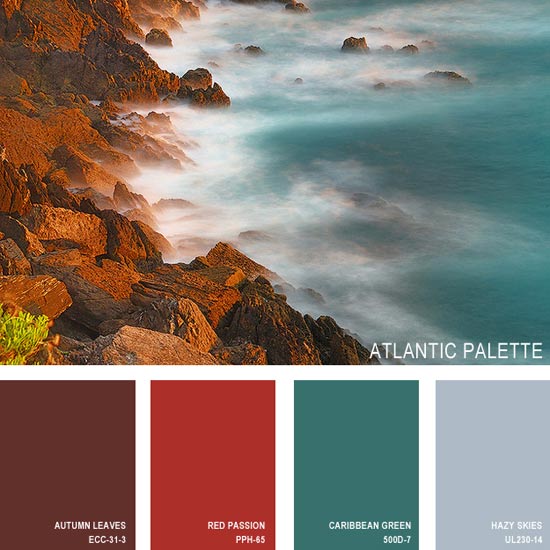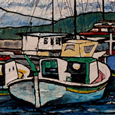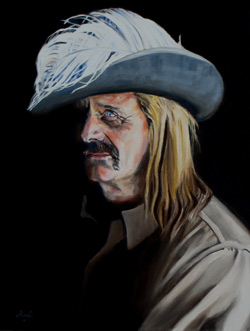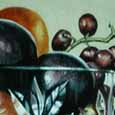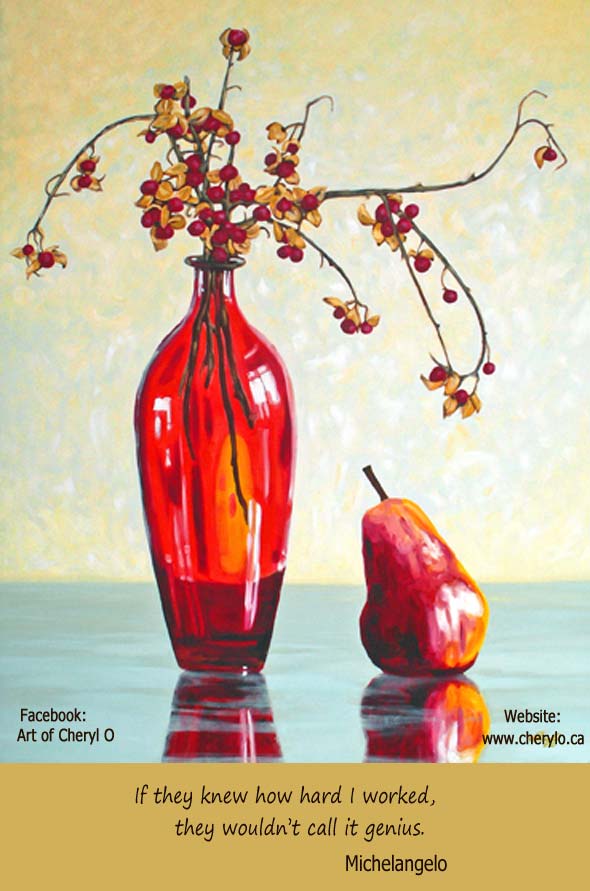Saving Paint
I’m sure you have done it – ended a painting session with a whole lot of paint left on the palette and wondering how to save it. Here are some tips for each type of paint.
Watercolour: Your freshly squeezed out paint is a lovely creamy consistency that is lost if it is let to dry rock hard. I never squeeze out a whole tube into the wells of a palette. It does not reactivate to the same lovely texture if it all dries up. So, if you have accidently put too much out, simply spray your palette with water and put a layer of plastic wrap on top. It should keep moist for a couple of days that way.
Acrylic: The water spray and plastic wrap work for acrylic paint too. There are also special palettes sold that will keep the paint moist longer. They usually consist of a thin sponge that you keep wet that is below the main palette area. You can make your own stay wet palette with a damp paper towel folded up and placed underneath wax paper or parchment paper that you put your paint out onto. Lastly, there are times you will want some of the acrylic mediums that make the acrylic dry more slowly. This is especially useful if painting out doors. Stir a generous gob of the medium into each of your colours as you put them onto the palette.
Oil: Oil paint cures by exposure to light rather than evaporation. So the simplest way to keep paint on a palette wet is to put the palette into a dark drawer. I have found this method effective for a week or even more.
In conclusion: I hope you are not shy about putting out generous gobs of paint onto your palette. You are more likely to make beautiful painterly works with a well loaded brush. Perhaps knowing the tips above will help to encourage you to be generous with your paint knowing it can be saved for awhile. Happy painting!
